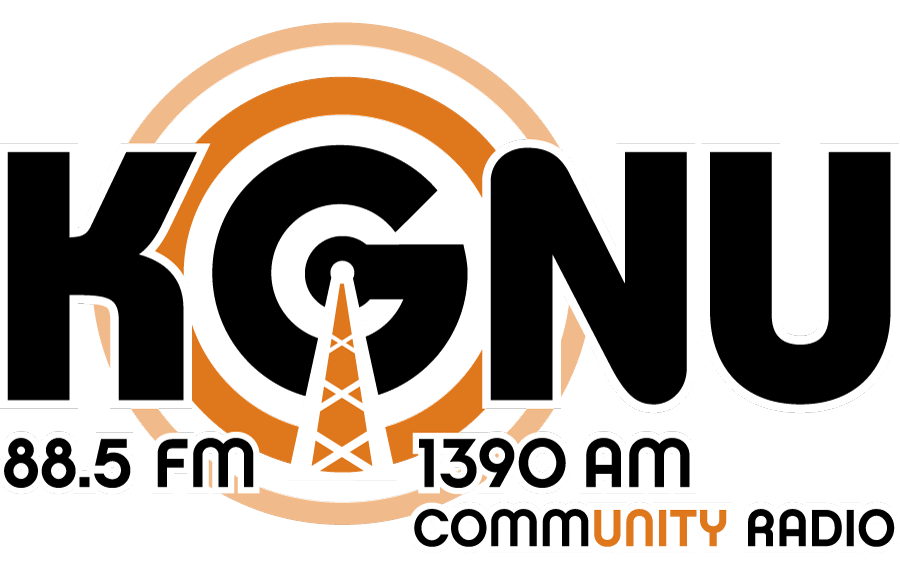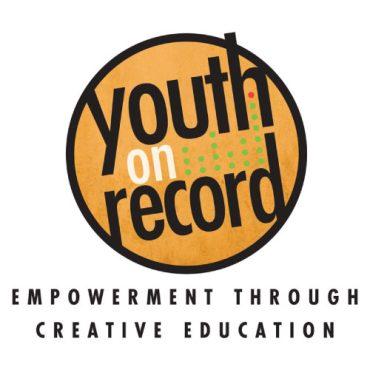It’s been over 3 years since the Animas River near Durango in Southern Colorado turned orange as a result of the release of toxic chemicals from a local mine. Hannah Leigh Myers reports as part of our ongoing series Connecting the Drops, the Gold King Mine spill may be inspiring the policy changes experts looking to cleanup abandoned mines have advocated for for well over a decade.
Featured image: Gold King Superfund Cleanup: It costs the EPA around $20,000 a week to filter toxic metals out of the discharge spewing from the Gold King Mine near Silverton, Colorado. Photo Credit: Maeve Conran.
-
 play_arrow
play_arrow
Connecting the Drops: Leaking Mines Polluting Colorado Water KGNU News

On August 5th, 2015 an Environmental Protection Agency accidentally triggered the release of three million gallons of acidic mine waste into the upper Animas River.
Visit the Gold King Mine today and the scene seems far more under control. Locals claim they’re seeing improvements since the EPA designated the area a Superfund site and built a water treatment facility to filter metals like zinc, lead and iron out of the water that continues to spill out of Gold King.
The EPA says this process cost about $20,00 a week and for now, that expense is expected to continue indefinitely. But, that cost is a fraction of a larger problem.
For decades, locals and water experts have tried to bring attention to how old, abandoned hard rock mines are deteriorating aquatic ecosystems, leaching naturally occurring minerals into waterways at an unnatural rate and in unnatural concentrations.
Some locals like Rob Schmidt, a manager at Durangler’s Fly Shop in downstream Durango, say they’re grateful the Gold King spill is drawing attention to the scale of the orphan mine pollution problem.
“In the long run it’s actually going to be a really good thing. In the future it’s really going to help that situation with the water quality because there are a lot of other streams not just that mine that need to get cleaned up as well,” says Schmidt.

The Natural Resources Defense Council reports abandoned mines in Colorado leak the equivalent of a Gold King Mine spill into local waterways every two days.
According to Jeff Graves, Director of the Inactive Mine Reclamation Program for the Colorado Department of Natural Resources Division of Reclamation, there are thousands of miles of abandoned mine sites in the Colorado Rockies.
“We’ve thrown around the number of about 23,000 sites throughout Colorado. That’s probably an underestimation most likely, based upon what we’ve seen in our experience over the last 30 years.”
Graves says the state-run mine cleanup projects he directs are quite different from the Superfund cleanup project the EPA is conducting at Gold King.
“Superfund is big; big program, big money, big authority, EPA, big contractors. Most of the work we do is partnership oriented and so we will have multiple agencies generally limited in resource and limited in scope. We did three water quality improvements last year. We have investigations going on probably ten to twelve different sites. It’s on the order of three to six sites a year that get worked on and that may not be full-scale reclamation. It may just be a portion of reclamation,” Graves explains.
With state resources limited and federal government cleanups only addressing major mine pollution sources like Gold King the disparity between the amount of cleanup the state and federal government can do and the task of cleaning up almost a quarter million abandoned mines in Colorado, is daunting.
“It’s a gargantuan gap between the problem and the amount of resources available to deal with it. And so any opportunity we have to bring more partners to the table gets us one step closer to cleaning up a site,” says Graves.
And central to bringing more partners to the orphan mine cleanup table is Good Samaritan legislation.
“Good Samaritan legislation would allow others, such as a watershed group or nonprofit, or county government to address a draining mine in their community that may not be on the radar with the EPA due to its possibly smaller size, or discharged amount or maybe it’s just not a really big polluter,“ explains Trout Unlimited’s San Juan Mountains Coordinator, Ty Churchwell.
Well before the Gold King Mine spill rattled his community, Churchwell, joined T.U.’s near-fifteen-year battle to make it possible for so called Good Samaritans help cleanup old, polluting mines when the property owner is either unknown or incapable of funding the cleanup process.
Good Samaritan legislation would make cleanup collaboration possible by addressing the obstacle everyone seems to agree is the most significant roadblock, liability. That liability stems from federal laws aimed at protecting water quality, most notable the Clean Water Act.
“Right now the Clean Water Act creates a pretty significant disincentive to well intended groups and organizations who would like to come in and address some of these draining mine issues that we have in the West. And that is quite simply that draining mines will never stop draining, they are always going to drain and in order for a Good Samaritan to come in and address some of these mines they would have to apply for and receive a discharge permit and as such they would be responsible for that mine discharge that they did not create forever and ever. And that’s part of the disincentive and the liability we need to get over in terms of providing a mechanism for a Good Samaritan to go in and clean up a mine,” Churchwell says.
The EPA has been piloting Good Samaritan cleanup projects for over a decade and on December 6th, 2018 Colorado lawmakers Congressman Scott Tipton and Senator Cory Gardner introduced the Good Samaritan Remediation of Orphan Hardrock Mines Act of 2018 in the U.S. Senate and the House, the most recent in a long list of well over a dozen proposed Good Samaritan bills.
Even though all parties involved seem to agree on the necessity of formal Good Samaritan protections, lack of agreement between environmentalist and industry representatives over the details, with one side saying the proposed legislation goes too far and the other saying it doesn’t go far enough, have sabotaged every Good Samaritan bill proposed to date.
But Jason Willis, Mine Restoration Project Manager for Trout Unlimited and a leader in the push for Good Samaritan legislation says there’s better reason to reach an agreement and pass a Good Samaritan bill now than ever before.
“As the population of our state is growing and is expected to double by 2050 as it says in the Colorado Water Plan, the nexus between water quantity and water quality is going to become even more important. So, some of these streams that are being negatively affected by abandoned historic mines, it’s going to be more important to clean those up so we have more clean, usable water for all the users that might need it in the next 20 to 30 years.”
Colorado’s hard rock mining boom between 1870 and 1930 played a key role in populating the American West and making Colorado the state what it is today. Over a half-century later since the mining boom began, facing yet another massive influx of people, Colorado lawmakers, environmental groups, industry supporters and government leaders are going to need to take big strides together towards reverse the damage Colorado’s historic abandoned mines continue to cause and make way for a new era in Colorado prioritizing clean water.
Connecting the Drops is a collaboration between Rocky Mountain Community Radio Stations and Water Education Colorado. Find out more at watereducationcolorado.org
Support is provided by COBank, which provides financing solutions for rural water systems. Find out more at COBank.com.
-
 play_arrow
play_arrow
Connecting the Drops: Leaking Mines Polluting Colorado Water KGNU News
Podcast: Play in new window | Download


















